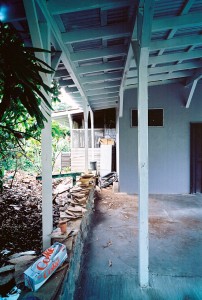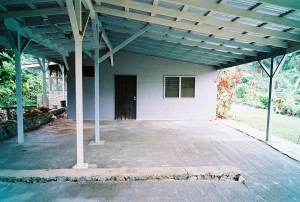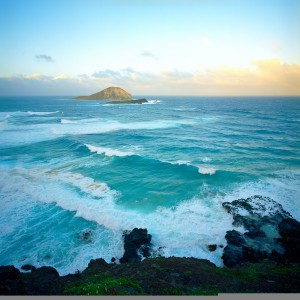 In a busy life, as abetted and enhanced through digital technology, people ask Why Film? To which my response is Film Works and Look What You’re Missing! So long as there’s an affordable and convenient workflow for film, and there is, fortunately, in Honolulu, Hawaii, I’m much happier using film and film cameras than ever before. This, given, the paucity of lens offerings for digital cameras. Here’s why it matters:
In a busy life, as abetted and enhanced through digital technology, people ask Why Film? To which my response is Film Works and Look What You’re Missing! So long as there’s an affordable and convenient workflow for film, and there is, fortunately, in Honolulu, Hawaii, I’m much happier using film and film cameras than ever before. This, given, the paucity of lens offerings for digital cameras. Here’s why it matters:
A huge benefit for film users is the generally wider availability of lens types that offer exceptional imaging and opportunity as compared to digital captures. Here, a few real life images are provided of the true wide angle design (as compared to retrofocus) from Zeiss, the Biogon, which originally comes from the early/mid 20th century. TWAs provide for highly corrected imaging, virtually free of distortion and chromatic aberration, right from the get go.
TWAs, like the Zeiss Biogon from a Hasselblad SWC series or the 21mm F/4.5 for the Leica m-mount, can only be used properly with film cameras. Current digital sensors cannot properly capture images from a TWA design due to their inability, even with microlenses, to capture a TWA’s higher incidence rays from its rear glass elements, which are in closer proximity to the focal plane.
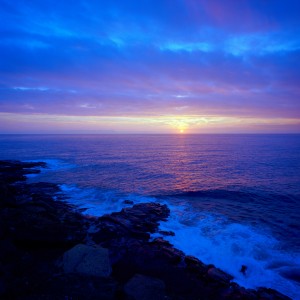 TWA’s can be used in digital cameras, but there is lot of compromise to the extent of needing to use software to correct for the physical limitations of the digital sensor. There’s no free lunch. To correct for a digital sensor’s shortcomings, there’s either an expense in time or overall image degradation. TWA’s in the aforementioned film cameras are not compromised, and in fact, maximize the advantages offered by each – the result of which is the gold standard not yet surpassed. On the other hand, if one is using current digital sensor technology and a wide angle lens, it is impossible to achieve optical and imaging excellence.
TWA’s can be used in digital cameras, but there is lot of compromise to the extent of needing to use software to correct for the physical limitations of the digital sensor. There’s no free lunch. To correct for a digital sensor’s shortcomings, there’s either an expense in time or overall image degradation. TWA’s in the aforementioned film cameras are not compromised, and in fact, maximize the advantages offered by each – the result of which is the gold standard not yet surpassed. On the other hand, if one is using current digital sensor technology and a wide angle lens, it is impossible to achieve optical and imaging excellence.
Why does optical and imaging excellence matter? It’s the effectiveness of the presentation. People will be better impressed by your presentation and the goals for which are more likely to stand a better chance of being achieved.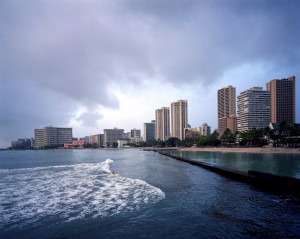 The technical superiority of TWAs and the esthetic allure of film captures together provide for the most compelling imagery necessary for drawing and keeping the attention of a busy client or audience. This is a significant competitive advantage in a crowded field of photography rife with those completely sold on digital captures.
The technical superiority of TWAs and the esthetic allure of film captures together provide for the most compelling imagery necessary for drawing and keeping the attention of a busy client or audience. This is a significant competitive advantage in a crowded field of photography rife with those completely sold on digital captures.
Hopefully the images herein provide technical examples of how wide angle imagery can be at its optimal. Perhaps they provide for displaying some of the virtues of the aforementioned TWA design and the benefit of using film cameras.
Details of the images, including camera, lens and film types are found by clicking on the images themselves. Thanks for reading!

